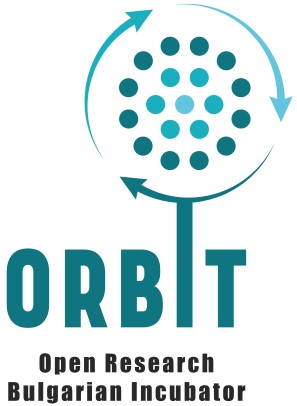
After venturing into the orbit of open science by using open projects, open data, open code, open access, open licenses, open metrics, citizen science, and the occasional communication attempt inspired by Vogon poetry, you may be wondering: So, what now?
The short answer is: Keep sharing!
Open science is not a perfectly ordered Universe. It has its black holes (predatory journals), its improbability drives (bad code that somehow still runs), and its random gravitational anomalies (funding agencies demanding open data but failing to provide repositories). But it is also the best bet we have right now to make research transparent, reproducible, and just a little more useful to society.
If there is one message to take away from this handbook, it is this: science advances when ideas are shared, not hidden. Problems become easier when solved together, not in isolation. Impact is greater when knowledge is open, not locked away in a .PDF behind a paywall.
Open science practices are not abstractions; they are practical, and increasingly essential. They give early-career researchers visibility, help established scholars expand their influence, and spare everyone from asking the “Ultimate Question”, again and again.
So, write your projects collaboratively, describe your data clearly, share your code boldly, publish openly, license generously, communicate creatively, and involve citizens whenever possible. The Galaxy is big enough for all ideas but only if they are allowed to travel freely.
And remember: your most important tool is not your dataset, your algorithm, or even your h-index. Your true towel is what you have learned, how you have learned it, and why it matters.
Don’t panic! Just share! The Universe will thank you.
